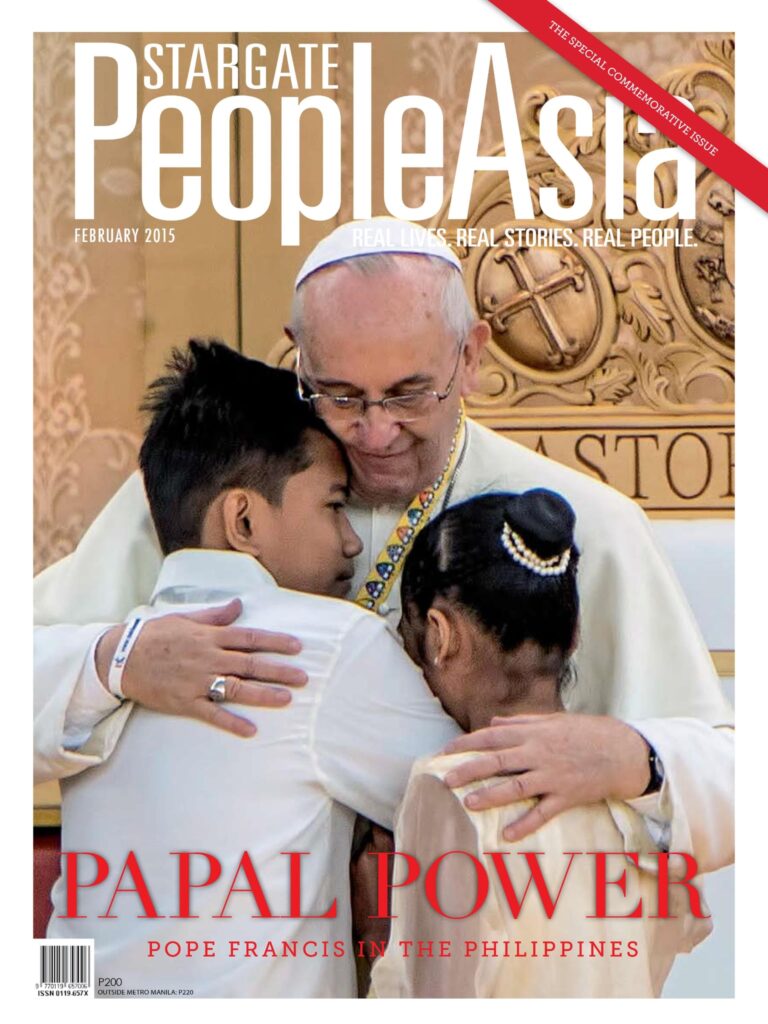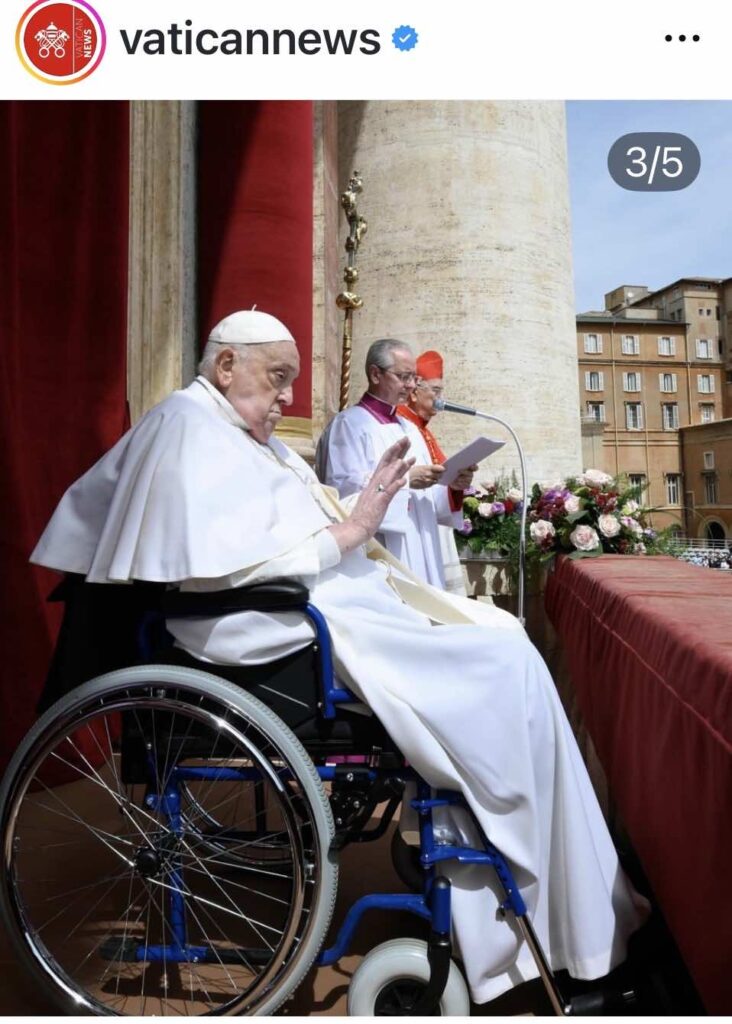Jorge Mario Bergoglio — better known to the world as Pope Francis and dubbed “Lolo Kiko” by millions of Filipinos who saw in the Pontiff a beloved grandfatherly figure — has passed away at age 88. Camerlengo Cardinal Kevin Farrell announced the sad news from Casa Santa Marta, stating that the Pope died on Easter Monday at 7:38 a.m.
“Dearest brothers and sisters, with deep sorrow I must announce the death of our Holy Father Francis. At 7:35 this morning, the Bishop of Rome, Francis, returned to the house of the Father. His entire life was dedicated to the service of the Lord and of His Church. He taught us to live the values of the Gospel with fidelity, courage, and universal love, especially in favor of the poorest and most marginalized. With immense gratitude for his example as a true disciple of the Lord Jesus, we commend the soul of Pope Francis to the infinite merciful love of the One and Triune God,” said Farrel.
According to Archbishop Diego Ravelli, Master of Apostolic Ceremonies, the late Pope Francis had requested that the funeral rites be simplified and focused on expressing the faith of the Church in the Risen Body of Christ.
The Pope was admitted to the Agostino Gemelli Polyclinic Hospital last February 14, after suffering from a bout of bronchitis for several days.
Pope Francis’ death marks the end of a 12-year papacy that began with his election a month after the resignation of Pope Benedict XVI in February 2013, and gave the Catholic Church its first Jesuit Pope and the first Pope from the Americas.
Pope Francis in the Philippines
During his visit to the Philippines in 2015, Pope Francis drew a crowd of six million in Manila. Taclobanons didn’t mind getting drenched in heavy rains either, as 150,000 gathered to witness the papal visit in Leyte that was battered by Typhoon Haiyan, known locally as Yolanda.
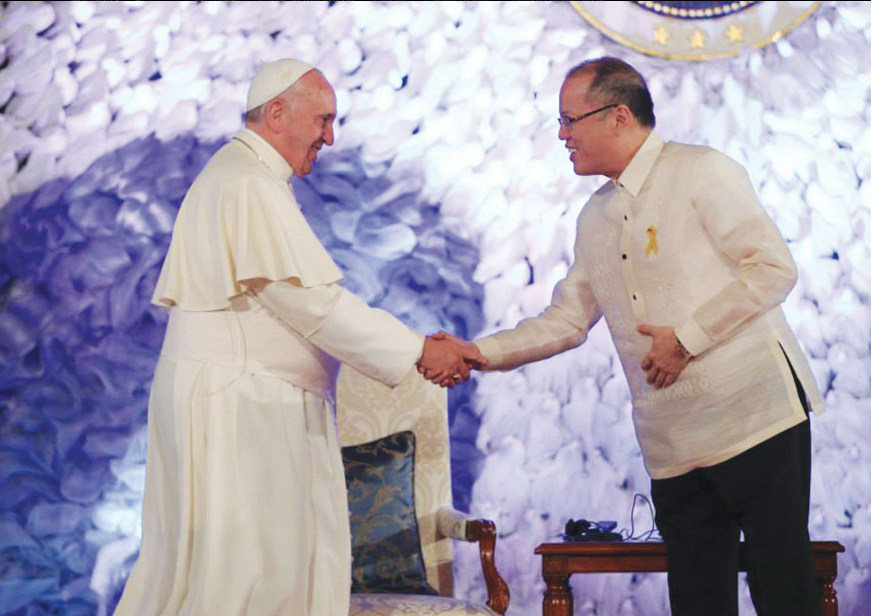
Pope Francis insisted on flying to Tacloban, where the super typhoon claimed thousands of lives just months prior. On a makeshift altar he said, “I am here to be with you — a little late, but here with you still.”
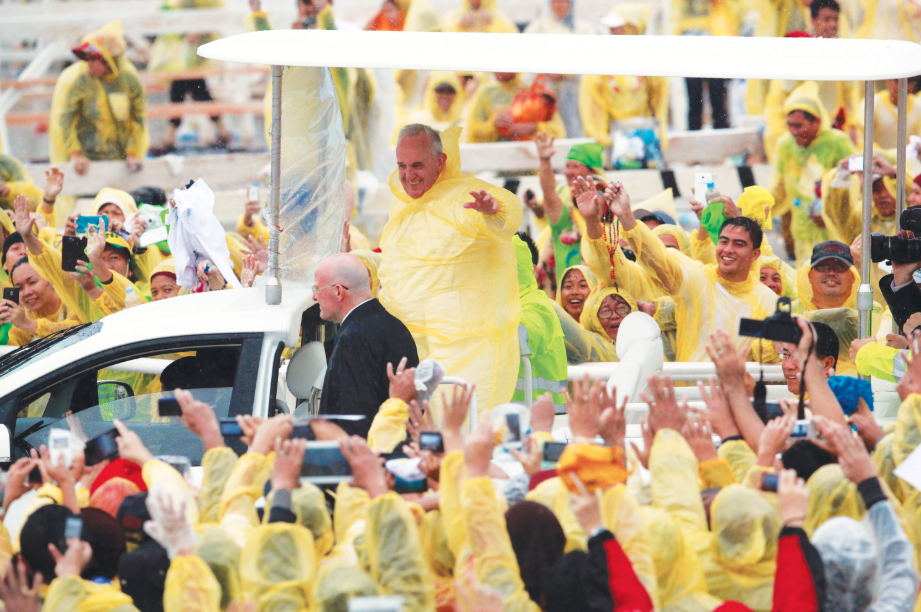
Tacloban wasn’t his only stop. During his encounter with Filipino families at the Mall of Asia Arena, he urged the faithful to not lose their capacity to dream. “It is important to dream in the family. All mothers and fathers dream of their sons and daughters in the womb for nine months. They dream of how they will be. It isn’t possible to have a family without such dreams. When you lose this capacity to dream you lose the capacity to love, the capacity to love is lost.”
And at the University of Santo Tomas during his “Encounter with the Youth,” when asked why children have to suffer, he poignantly replied, “The heart of your question has no reply. Only when we, too, can cry about the things you said can we come close to answering that question.”

On his flight back to Rome aboard Philippine Airlines’ “Shepherd One,” The Pope revealed that “The most moving moment for me was the mass in Tacloban. To see all of God’s people standing still, praying after this catastrophe, thinking of my sins and those people, it was a very moving moment.
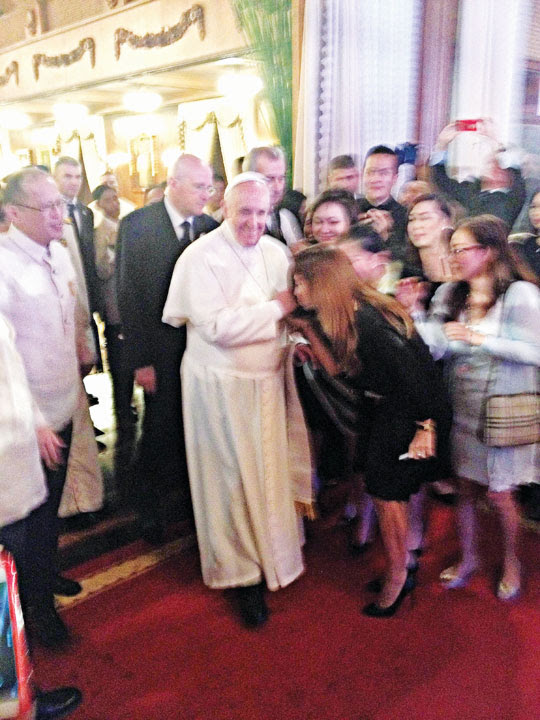
Jorge Mario Bergoglio was born to Italian immigrant parents on December 17, 1936 in Buenos Aires, Argentina. Outside of being Pope, he was known for his love of tango and being an avid football fan. He was the quintessential Man for Others. And to us Filipinos, he will always be “Lolo Kiko.” — Jose Paolo S. dela Cruz and Anne Stephanie Nilo


